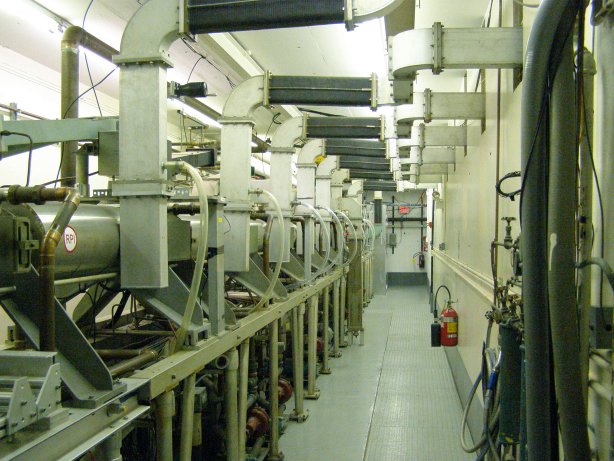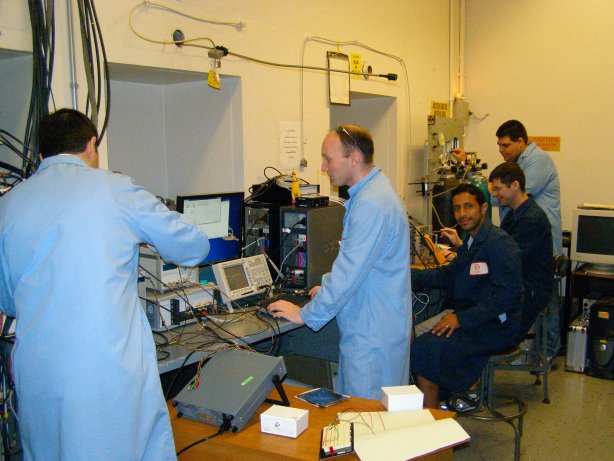CURRENT RESEARCH
Current research includes:
NUCLEAR DATA
Major research interest is Nuclear Data, more specifically Nuclear Data related to Nuclear Fission and Fusion applications. In these application neutrons play an important role in energy production.
In this research we try to answer questions like:
- How do neutrons interact with materials?
- What is the probability that a neutron will interact in a specific way? For example the neutron can be scattered, induce fission, or be absorbed.
- What are the products of neutron interactions?
- How accurate is the data used for neutron transport calculations?
- How can we improve the accuracy of our reactor calculation predictions?

Examples of experiments performed at the Gaerttner LINAC center include: Neutron transmission – measure the total interaction cross section
- Neutron Capture – measure the neutron capture yield (for a thin sample approximately the capture cross section divided by the sample atomic density)
- Neutron fission – measure the fission yield (for a thin sample approximately the fission cross section)
- Fission fragment yields – measure the fission fragment yield as a function of neutron energy.
- Neutron scattering – measures the probability of neutron scattering to different angles.

The research in this area includes cross-section measurements with the RPI LINAC and other facilities. The RPI LINAC is used to measure transmission, capture and fission cross-sections. The cross sections are measured with thermal an epithermal neutrons. The RPI enhanced thermal target was designed and constructed as part of a PhD. Thesis. The target is optimized to generate high thermal and sub-thermal neutron flux.
RPI hosts the one of two slowing-down spectrometer in the USA and one of the few in the world. The high flux in the lead spectrometer was used to measure cross section of nano-grams of short half-life isotopes. We are now exploring the possibility of using the lead slowing down spectrometer for measurements of capture cross sections.
MEDICAL ISOTOPES
The high energy electron beam or intense bremsstrahlung radiation produced by the LINAC can be used to produce medical isotope via the (gamma,x) reaction, where x could be a neutron or proton for example. The reaction utilized the higher cross section near the peak of the giant dipole resonance which for most elements is between 15-30 MeV.
This is a very effective way to produce isotopes and often results in cleaner separation chemistry after irradiation. Isotopes studied at RPI include 99Mo, 111In, 67Cu, and 225Ac.
The objective of the experiment is to determine the production rate and compare to simulations. Such work can provide the data needed to design a medical isotope production facility.

